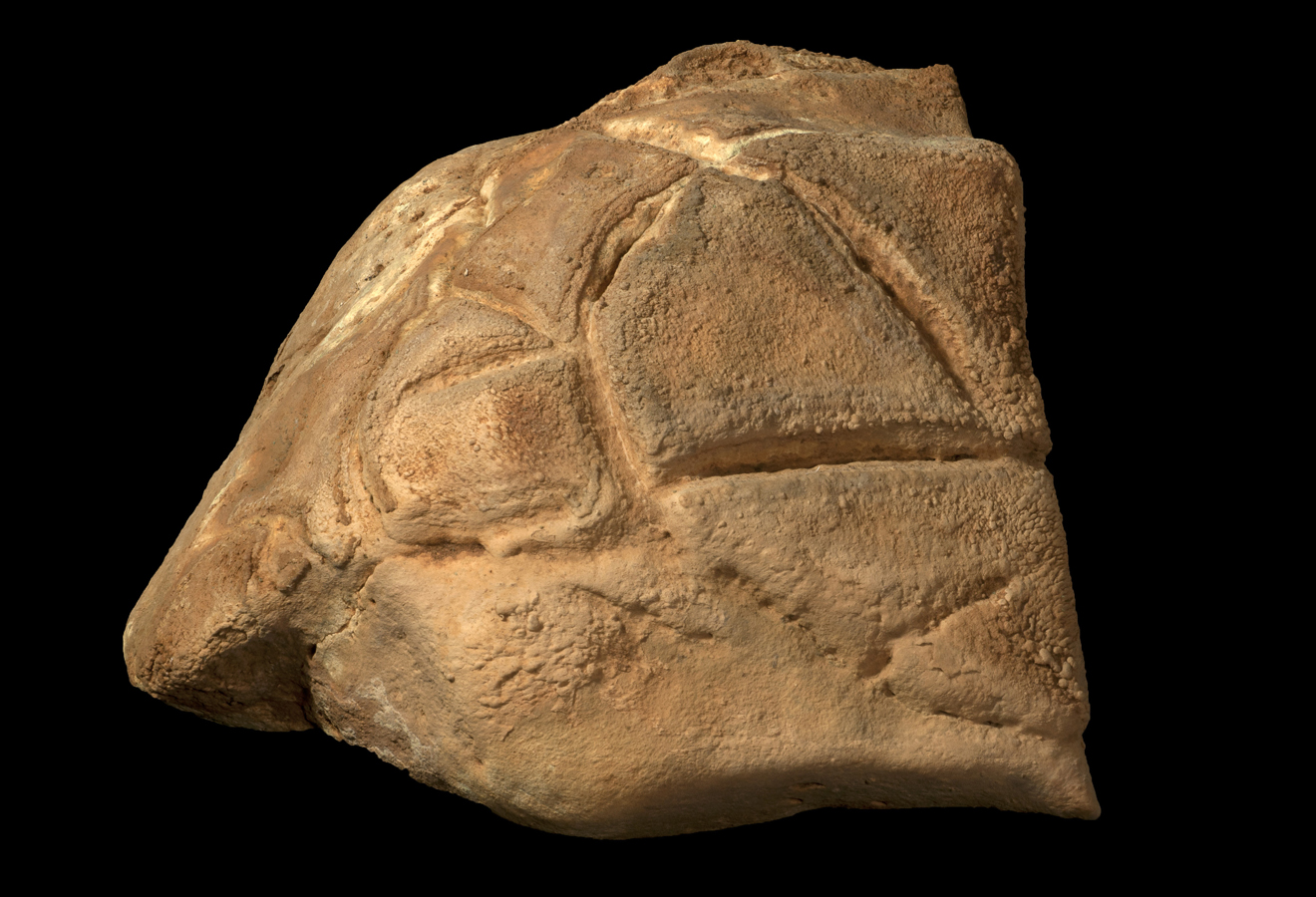The results of a decade of study at Manot Cave has revealed evidence of ritual gatherings 35,000-years-ago.
The study, published in the Proceedings of the National Academy of Sciences, excavated the main living area of Manot Cave, which was first discovered accidentally during construction works in 2008.
Manot Cave consists of a 80 metre long hall with two lower chambers connected from north and south. The cave was used for thousands of years as a living space for both Neanderthals and humans at different periods in history.
At the heart of the cave is an engraved rock, deliberately placed in a niche. The rock features a turtle-shell design carved into its surface, contemporaneous with some of the oldest cave art in France.
It may have represented a totem or spiritual figure,” said Omry Barzilai, Head of Material Culture PaleoLab at the University of Haifa and the Israel Antiquities Authority, who led the team. “Its special location, far from the daily activities near the cave entrance, suggests that it was an object of worship.”
The cavern, with acoustics suited for large gatherings, showed evidence of wood ash on stalagmites, indicating prehistoric humans used torches to illuminate the space.
According to the study authors: “The current study suggests that the Upper Palaeolithic Aurignacian inhabitants of Manot Cave engaged in communal activities centred around a symbolic object located in the deep, dark part of the cave.”
“The Manot engraved boulder serves as a profound testament to the vibrancy of Palaeolithic life and exemplifies the intricate mechanisms that early human societies developed to sustain social cohesion and expand social networks.”
Header Image Credit : Clara Amit, Israel Antiquities Authority
Sources : Case Western Reserve University







